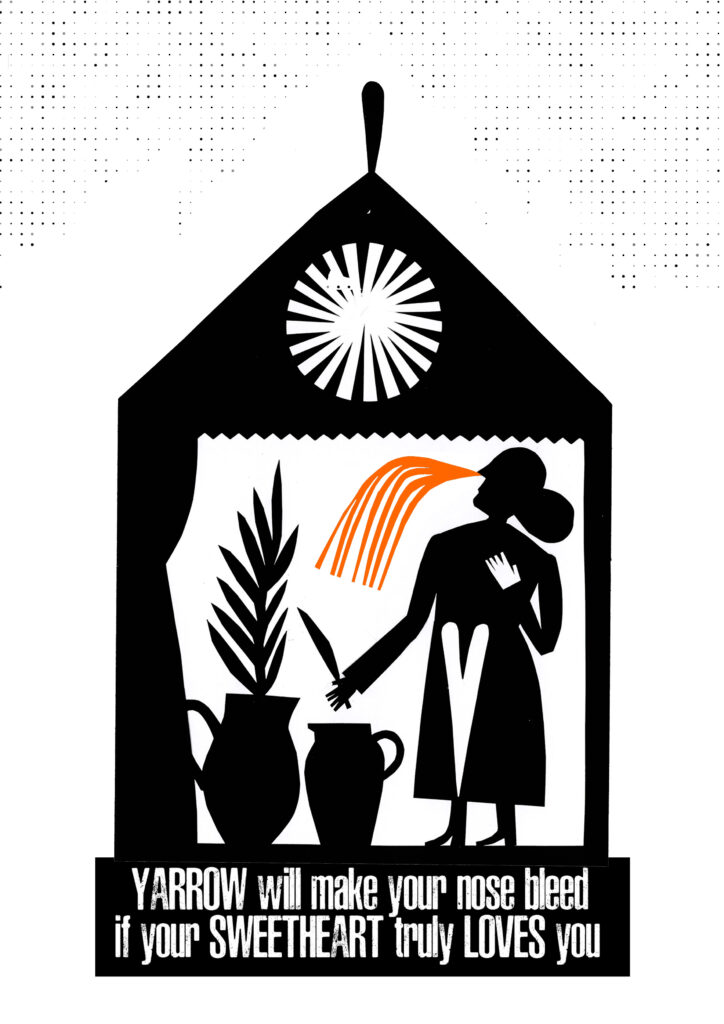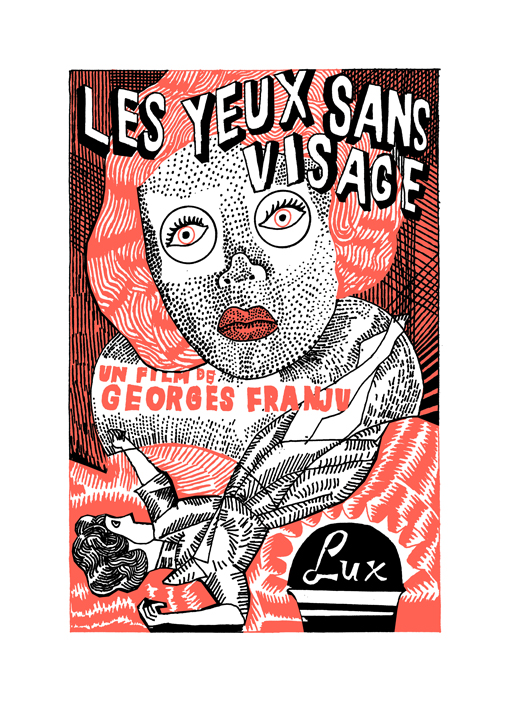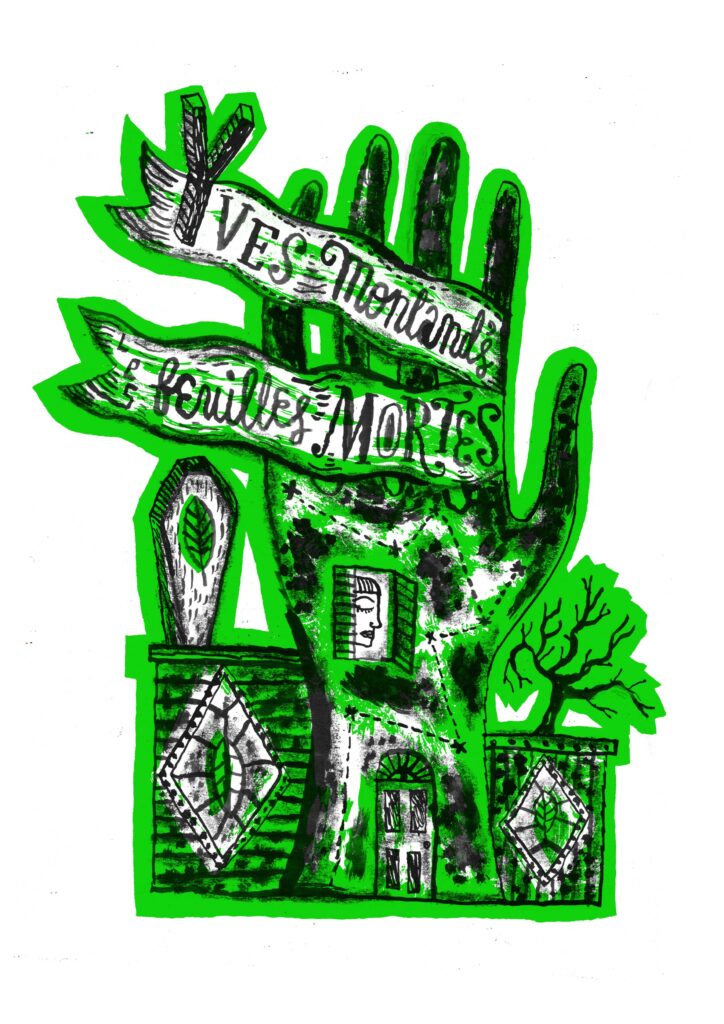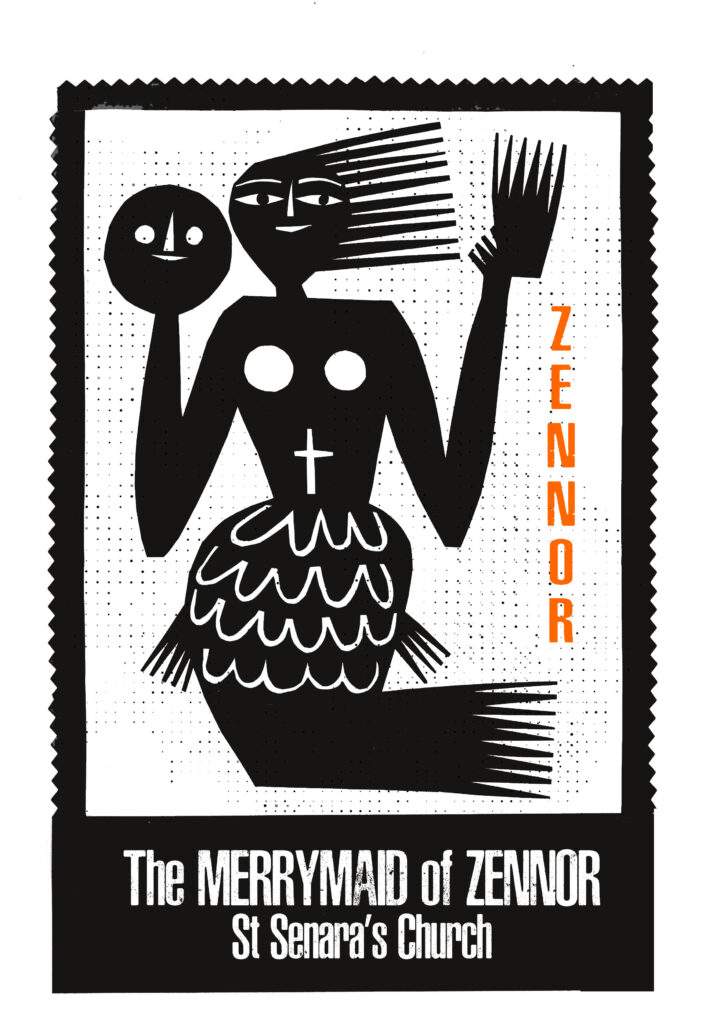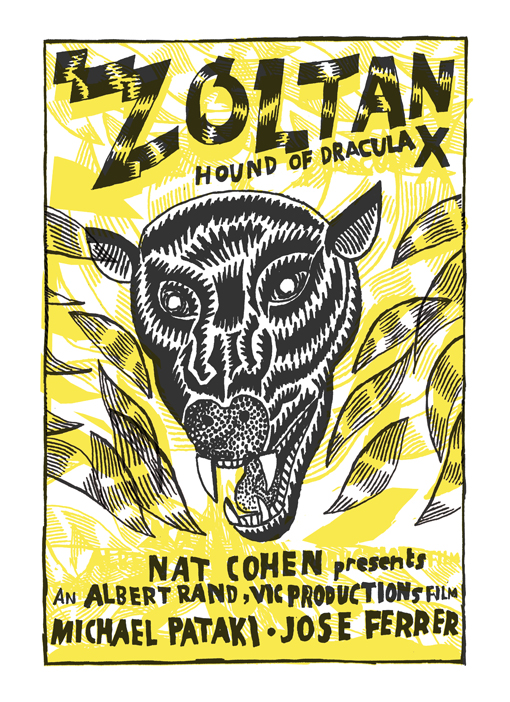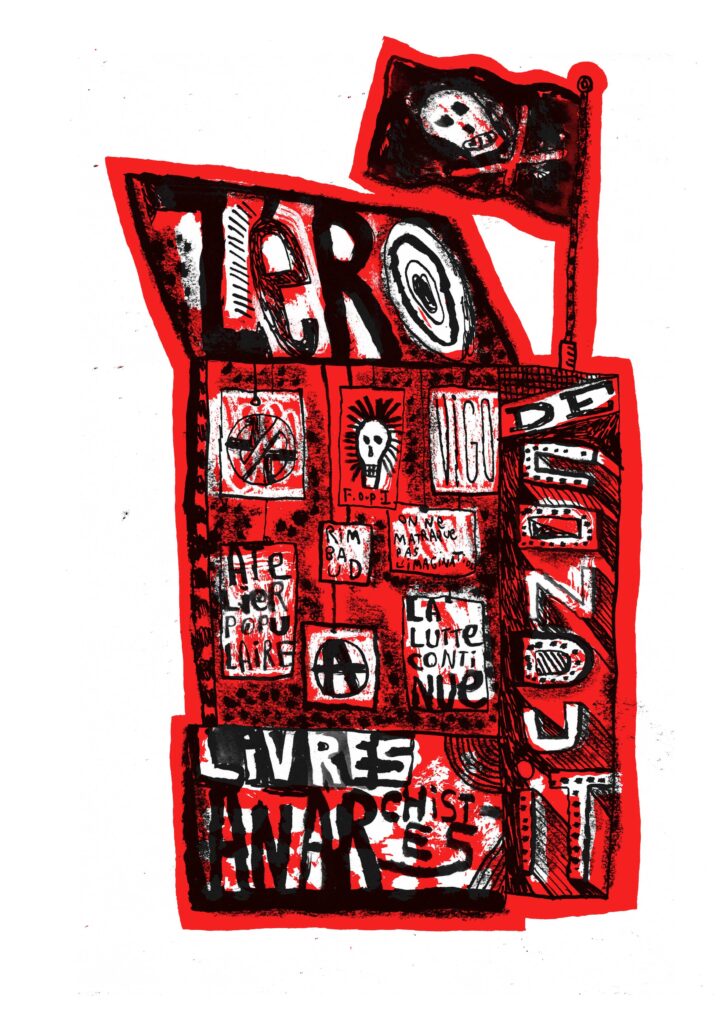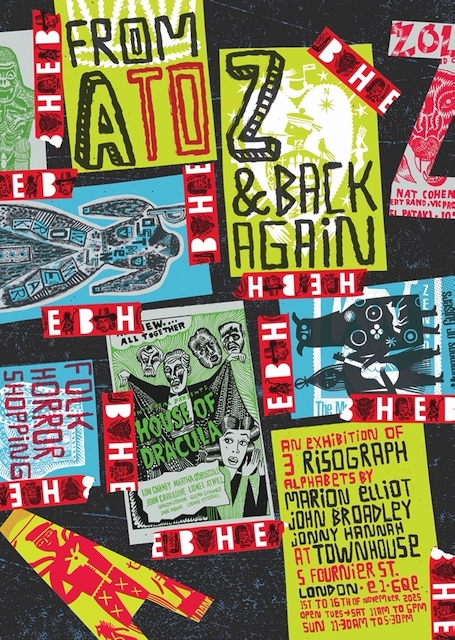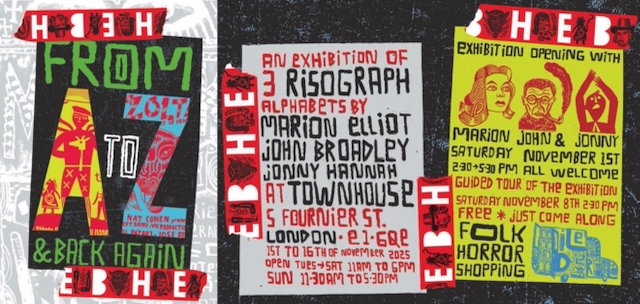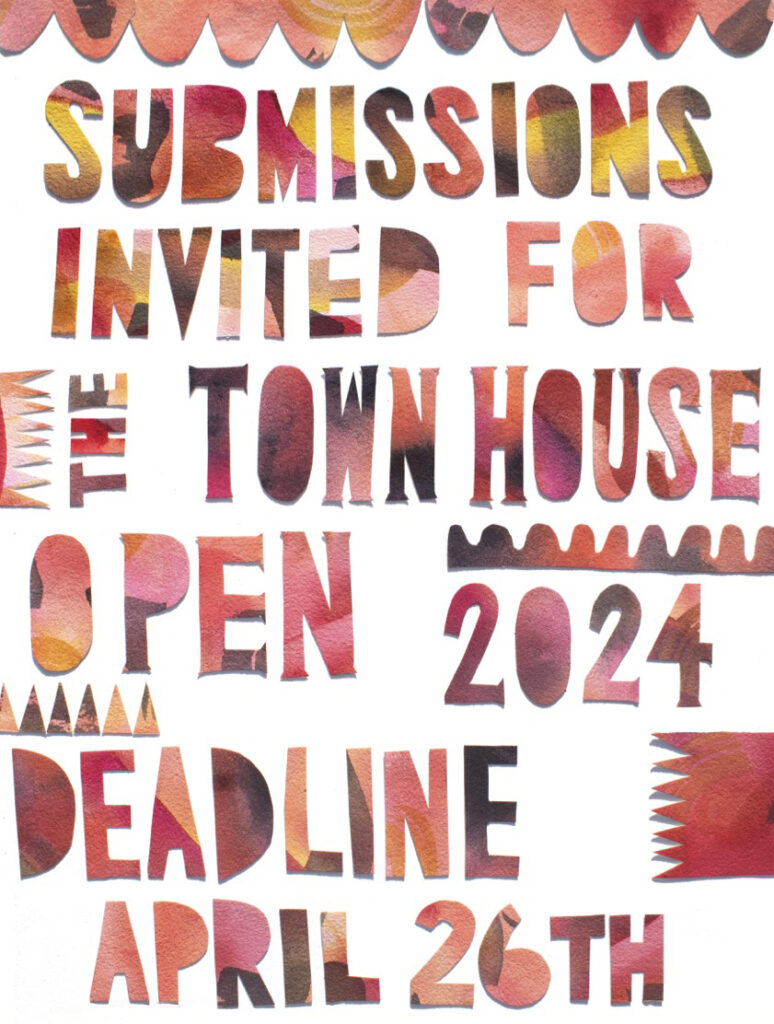Y John Broadley: A4 Risoprint £20
Y Jonny Hannah: A4 Risoprint £20
Z Marion Elliot: A4 Risoprint £20
Z John Broadley: A4 Risoprint £20
Z Jonny Hannah: A4 Risoprint £20
From A to Z and Back Again
Marion Elliot, John Broadley and Jonny Hannah have each wrestled with all 26 letters of the alphabet to bring three very different A to Z’s in A4 risograph prints to Town House.
Marion’s is based on folklore: customs, characters, do’s and don’ts and unusual happenings; suitably for the time of year John tackled scary films from Friday the 13th to classics like The Old Dark House – Vincent Price features several times; Jonny loves a shopfront, mainly imaginary and inspired by Bawden’s High Street amongst others.
They will all be in the gallery to welcome you on Saturday 1st November and again on the 8th
And Beth Izatt will be speaking at the Bloomsbury Jamboree on Saturday 15th November on the subject of Risograph printing, tickets for her talk are available from Eventbrite
Submissions invited for Town House Open 2024 deadline April 26th.
It’s time for submissions to the Town House Open exhibition again and please tell anyone you know who might be interested in submitting! The deadline is Friday 26th April CLICK HERE TO SUBMIT
It’s open to a wide range of media: paintings, mixed media, drawings, cut paper collage (sorry not photo montage), and original prints (ie works created solely as a print at the outset, not giclées). This year it will be in one exhibition only in July and August and I’m sorry, there is not sufficient space to include photographs.
The maximum size is A1 including any frame and although there is no minimum size, very small works (below say 15 x 15cm), are difficult to hang here. Just a reminder too that any work submitted must not have been exhibited before and should have been created within the last twelve months
Looking forward to seeing the submissions….
